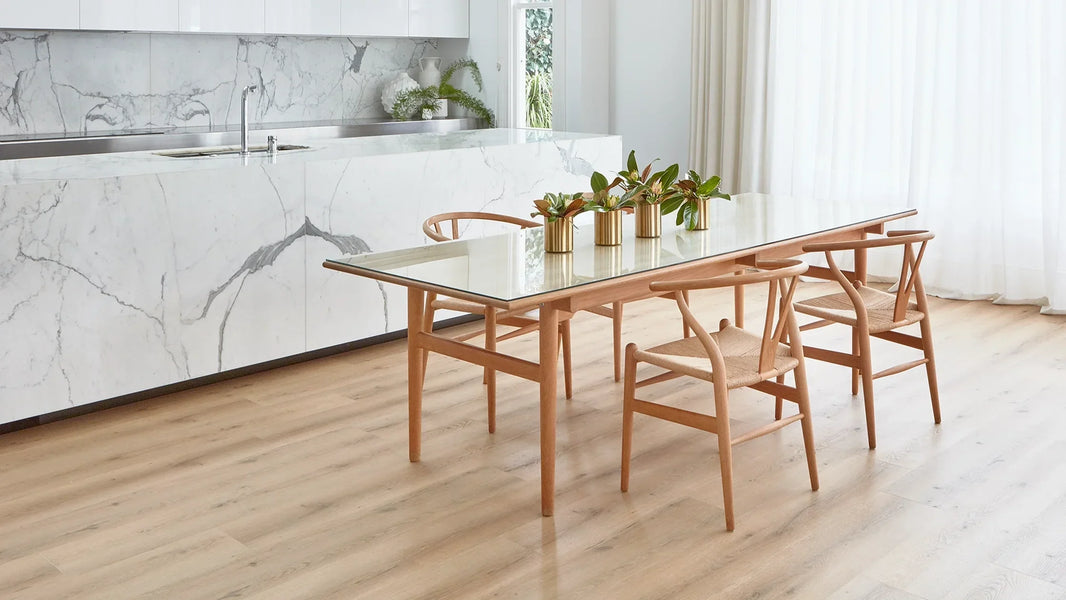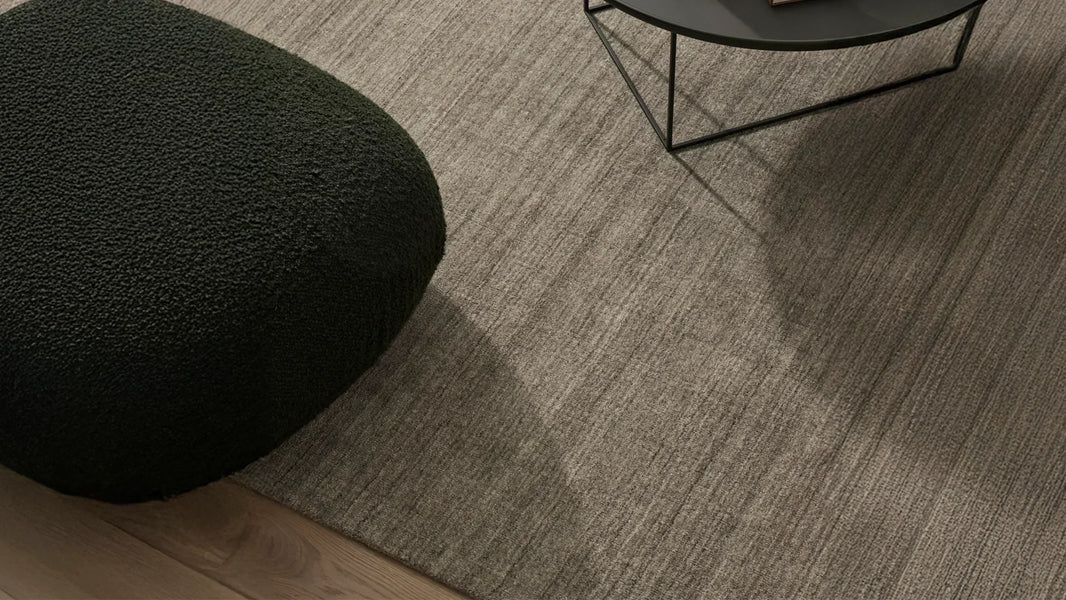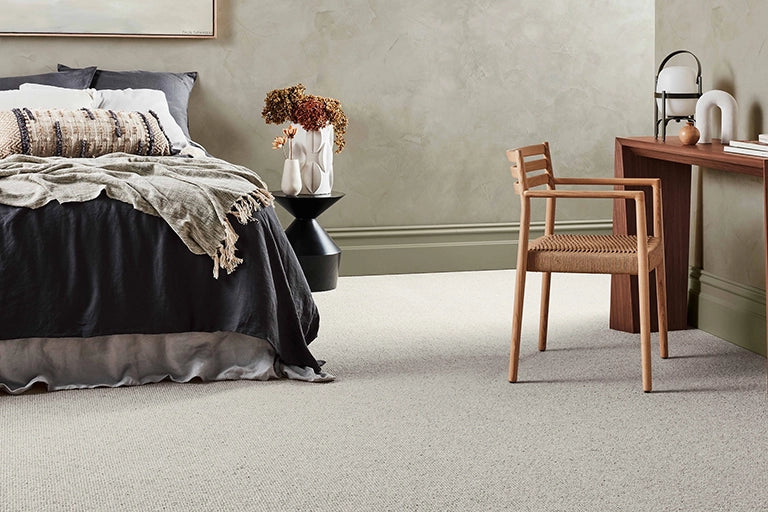Colour is subjective, it is how we as individuals perceive it; therefore this is a no rules approach, more so some guidelines to help you on your colour journey.
Elements of space can and should be coloured to reflect the same enriching atmosphere we experience in nature. A room realised in this way will embrace all the objects and surfaces of that space. A successful scheme will be sympathetic to the eye and evoke the strongest feelings of calmness, warmth and familiarity. This does not mean the colours need to be muted but they should complement each other. Soft greys, duck egg, silver, sea foam, slate, parchments, stone, linens and warm whites soothe and calm, offering support to all other layers required in a setting.
When picking a palette of colours for your space, stick to 3 and change the way you use them as you move through the space. Treat walls and floors as the canvas and then lay the colour palette from there. Warm colours tend to advance, they are energetic and enlivening, cool colours give the feeling of calmness and relaxation while white, black and grey are considered neutral.
Nature provides harmonious palettes no matter how garish they appear there is always an inherent balance. In our visual experiences harmony is something that is pleasing to the eye; that balance comes from warm and cool, light and dark. There is balance in the experience; it is neither dull nor irritating. This is what you want to achieve with your colour palette for your environment. If you have a warm grey or stoney taupe as your base colour, then look at bringing in some crisp blues and steely greys to balance the warmth. Alternatively, if you have a cool white or neutral with a greener base feel, then balance that with red based taupes and tans.
Colour evokes an emotional response as it is subjective. It can also be broken down into 3 groups – active, passive and neutral. When colouring a space think about the usage and what you personally enjoy. It’s always good to add some theory to emotion.
Red and orange represent power.
They raise energy levels and come from the colours of heat, they advance and absorb, they never float. They are the colours of warmth and are invigorating and strong.

Blue symbolizes serenity, calmness and relaxation.
Sky blues immediately evoke wide open spaces. Soft duck egg blues offer tranquillity and peacefulness. This is a great colour for bedrooms and bathrooms. Just don’t be complacent with blue, it’s a colour that can really change a space from warm to cool. The trick is to stay away from pastel blues or clear blue, if you have that feeling that you can see through it you shouldn’t use it. Darker blues can often evoke the feeling of sadness – best not to use it as a main colour but it makes a wonderful accent and is rich and inviting when used in this form.

Yellow is a colour that floats – like sunshine.
It is a compelling colour but one to watch as if used incorrectly it can appear sickening. It has been known to make babies cry and can feel fractious if the colour is too strong. It can evoke feelings of anger and frustration, but can also be cheery energising and uplifting. Just remember to think of nature, the colours are all there they are just muted and softened, muddied and dirty as nature has not had the luxury of knowing synthetic man-made colour.

Green is the natural neutral.
It incorporates both the cooling agents of blue and the heat of yellow and offers a freshness that the other colours can’t give. It is the most restful colour for the eye. It is suited for any room of the home, as its calming, warm and relaxing properties relieve stress and help us relax.

Neutrals are the decorators ‘go-to guide’.
They can be considered boring and flat but if used correctly they play on light and shadow, line and form, rather than colour change. Just remember to add colour as an accent to liven things up, subtract to calm things down.











